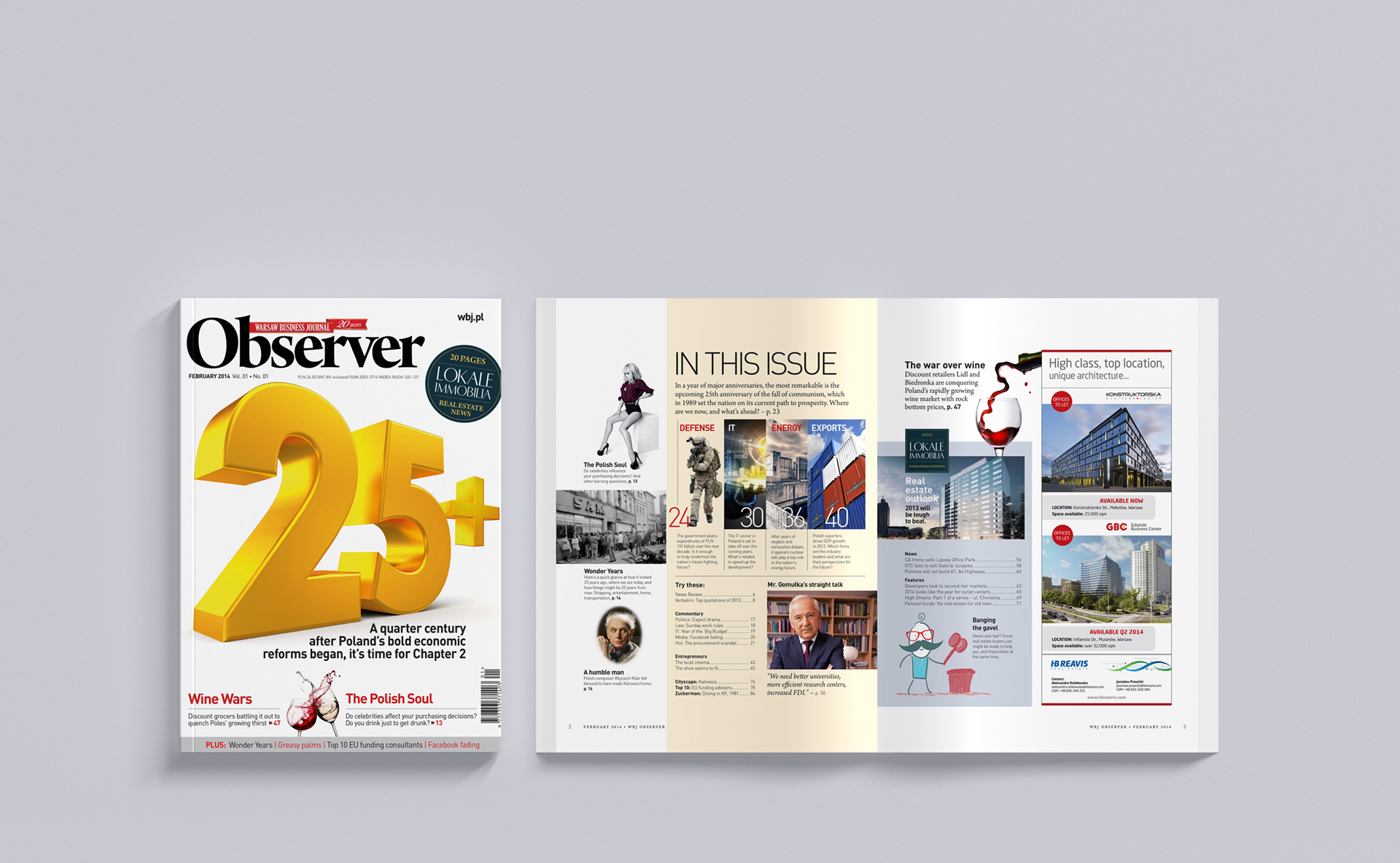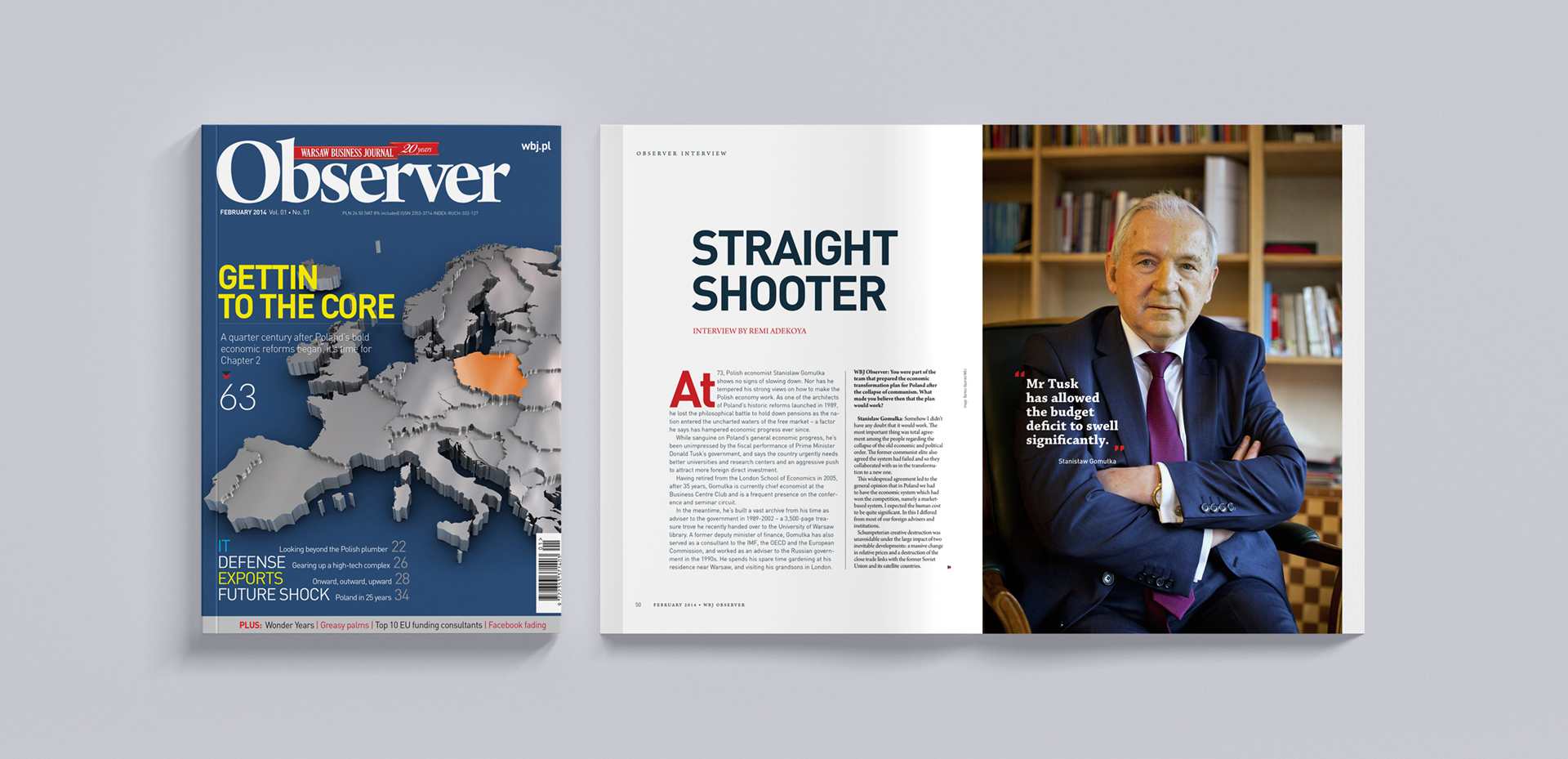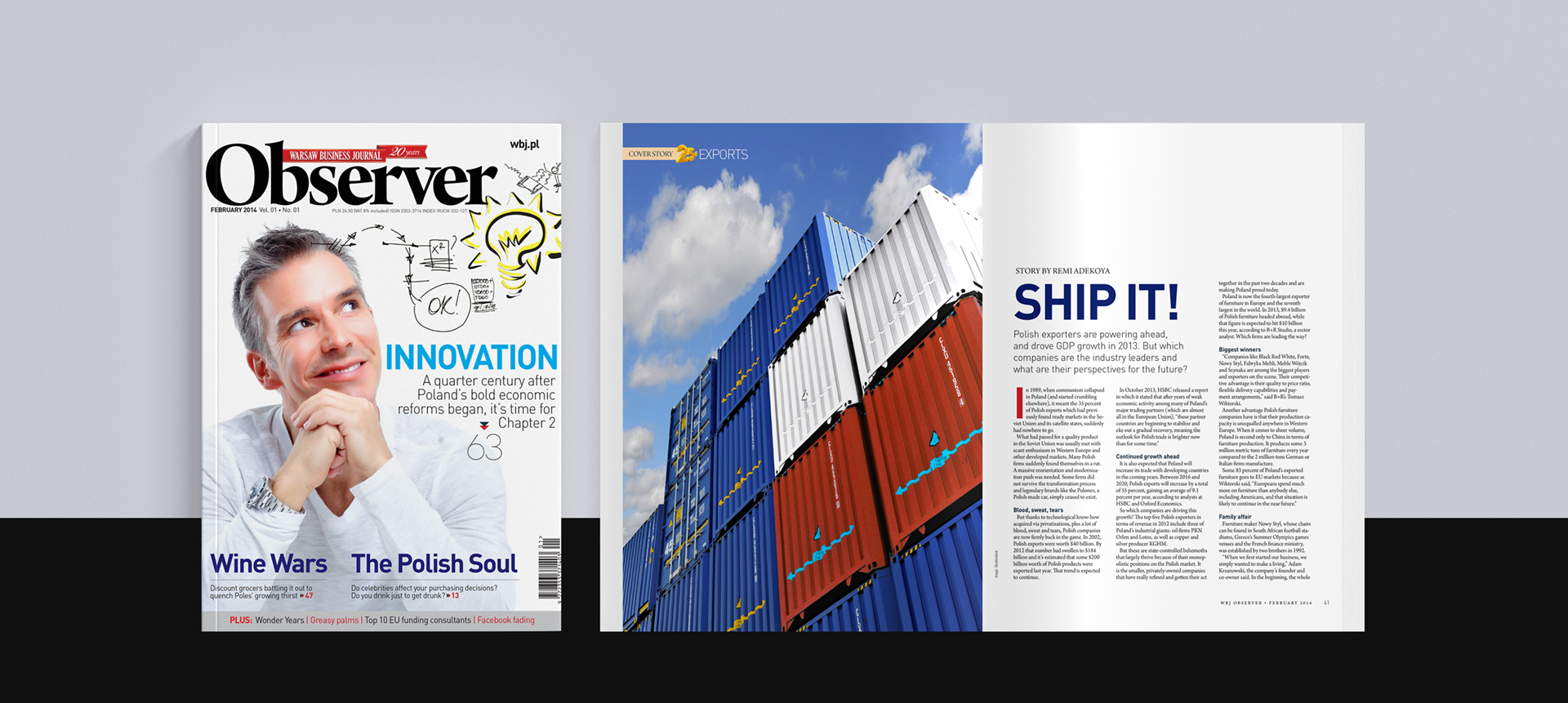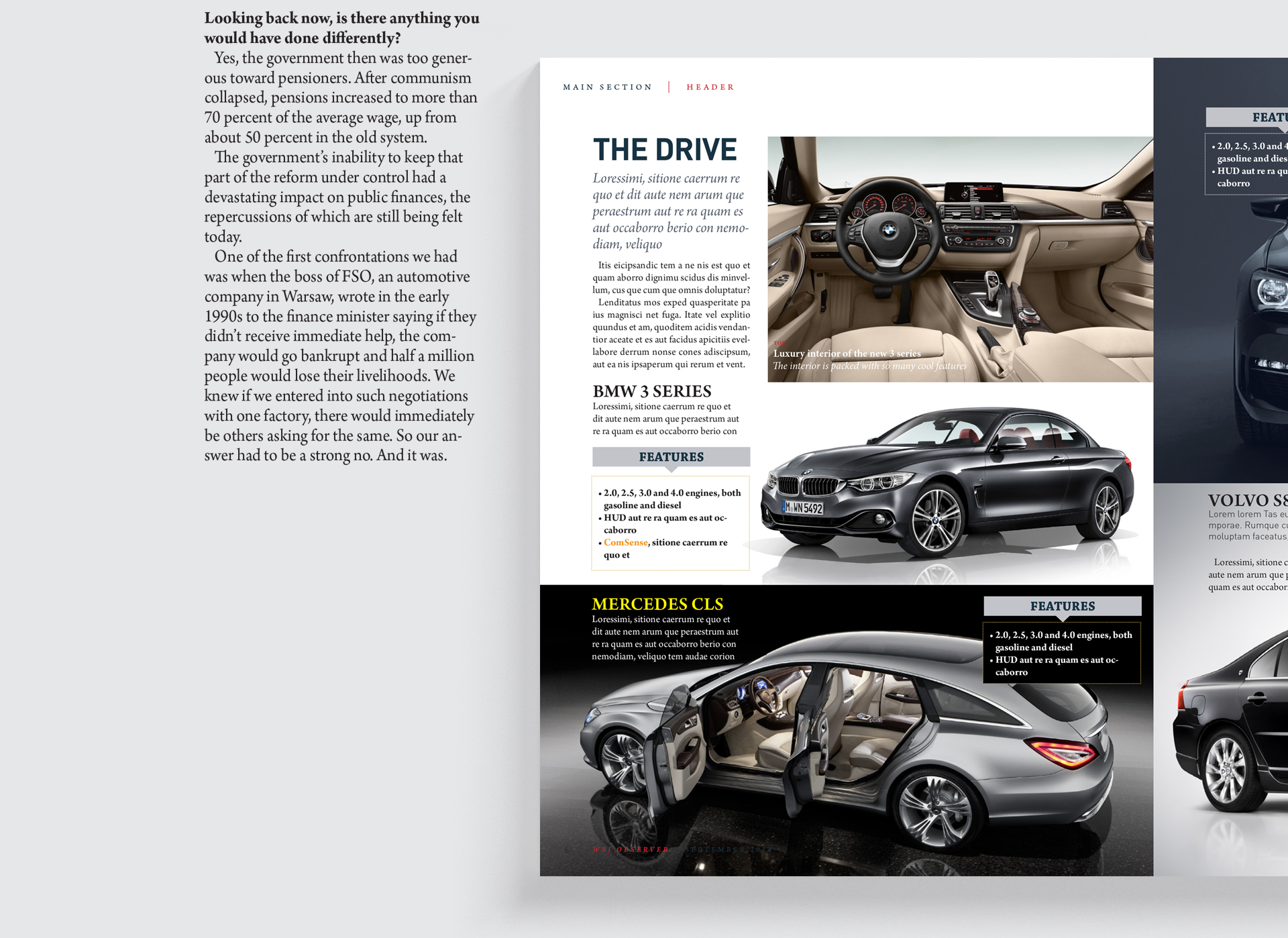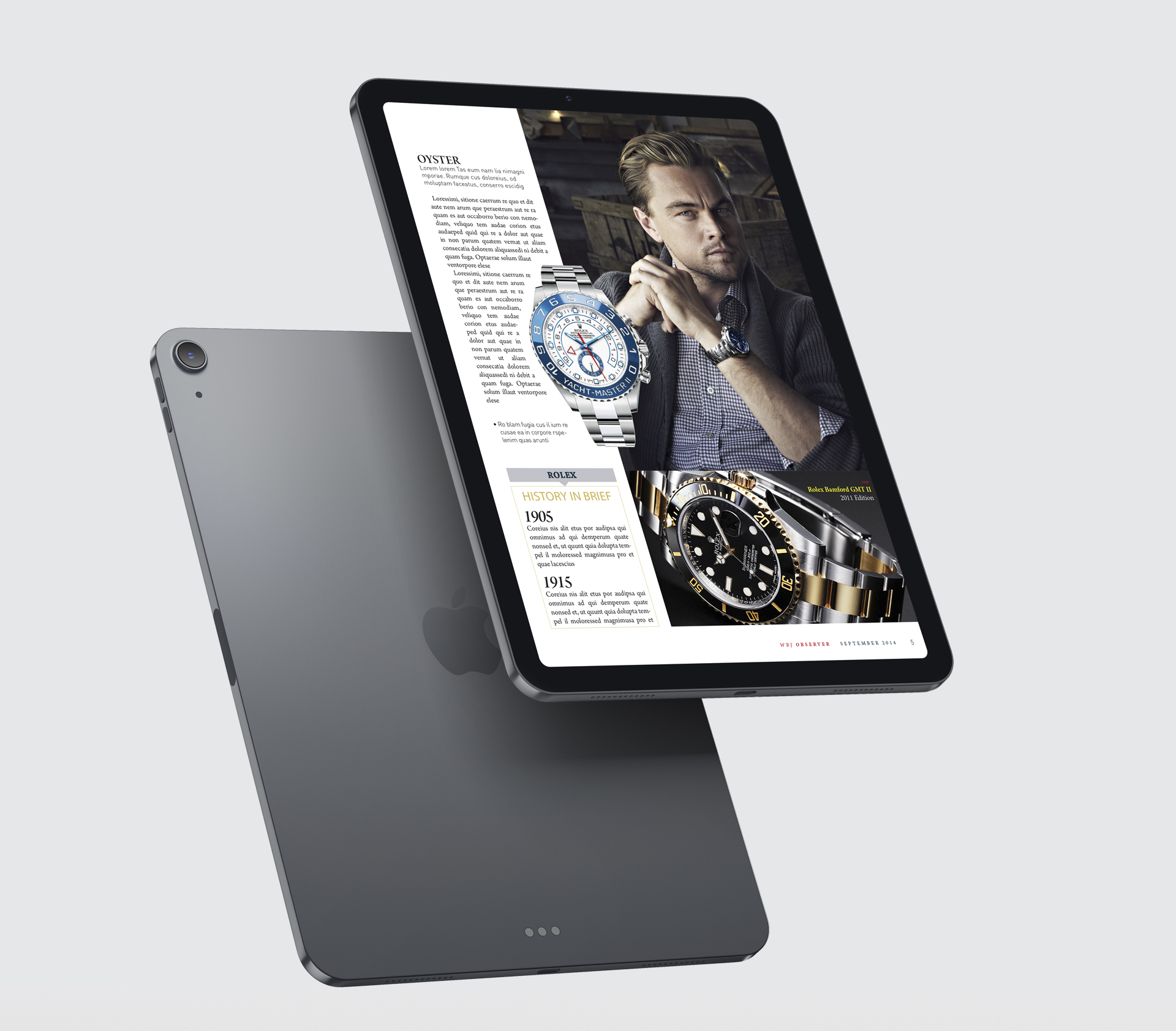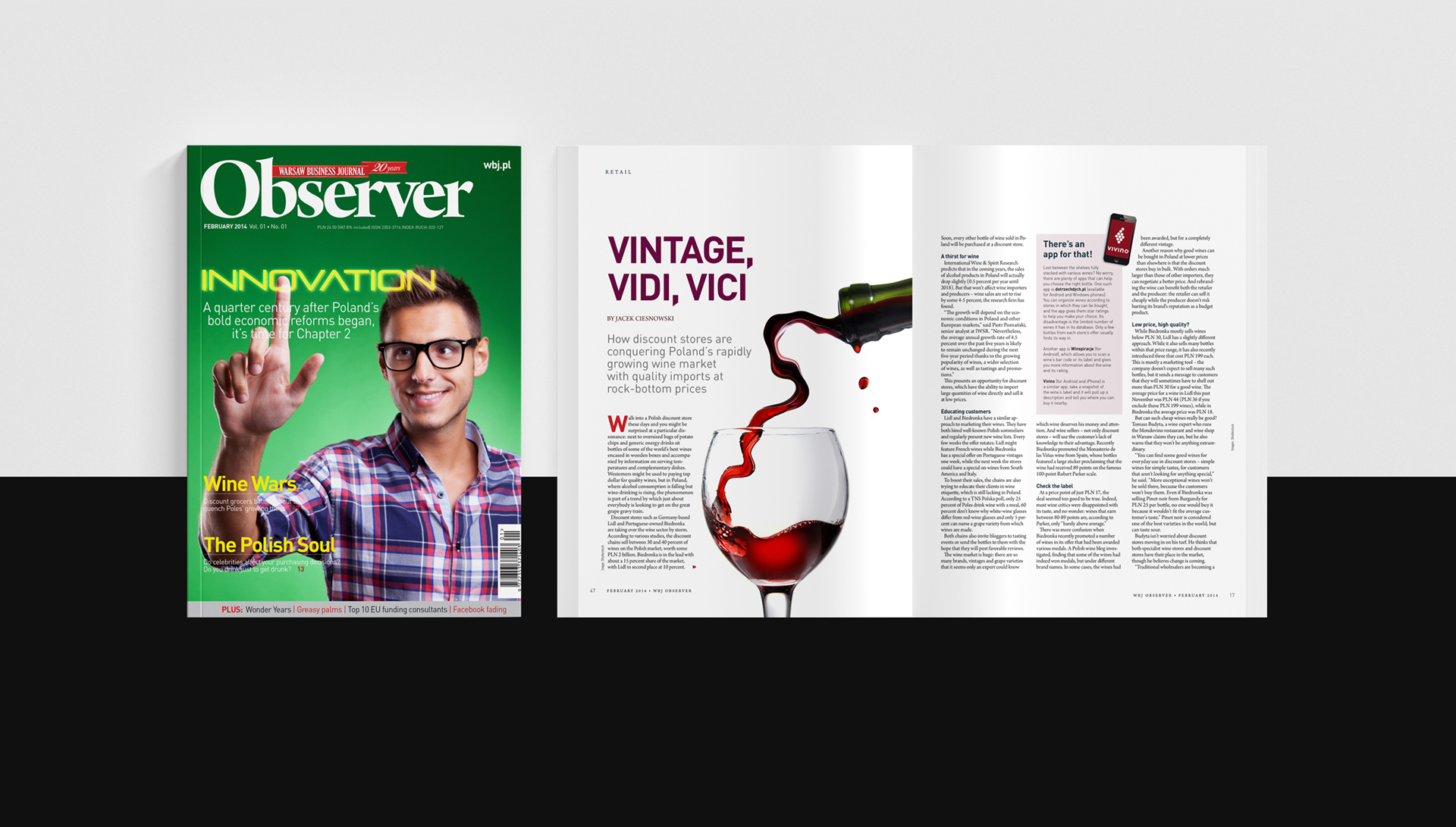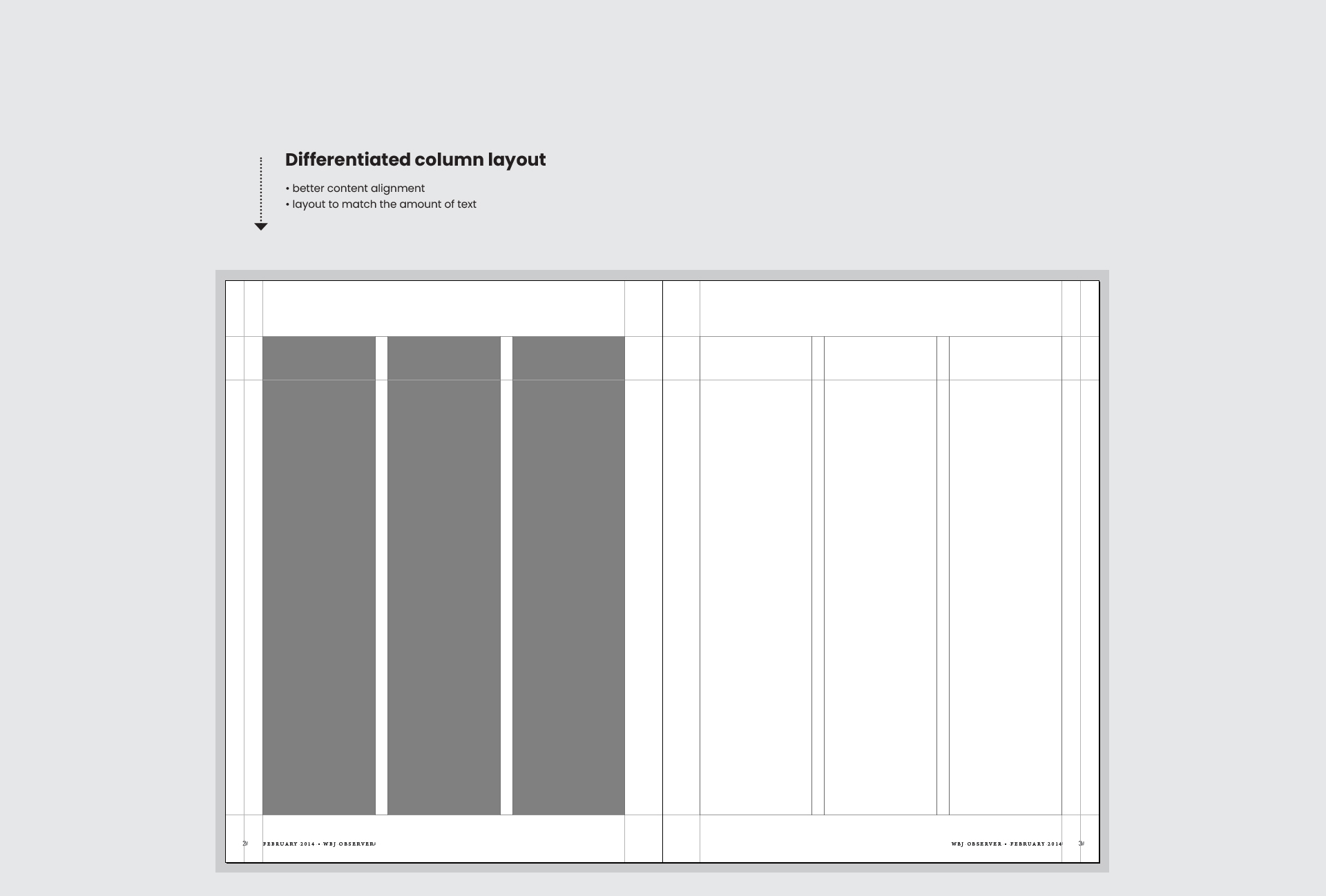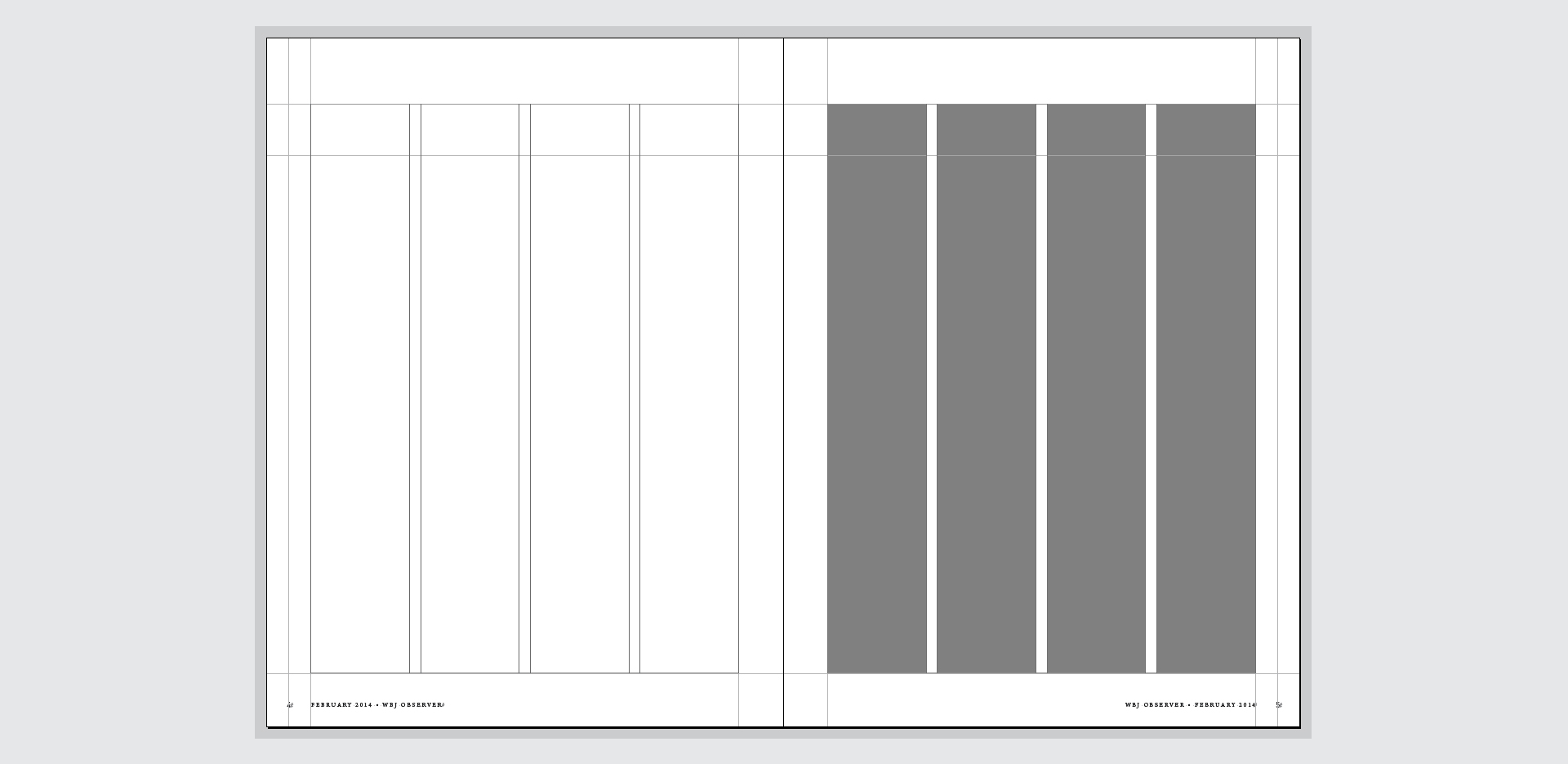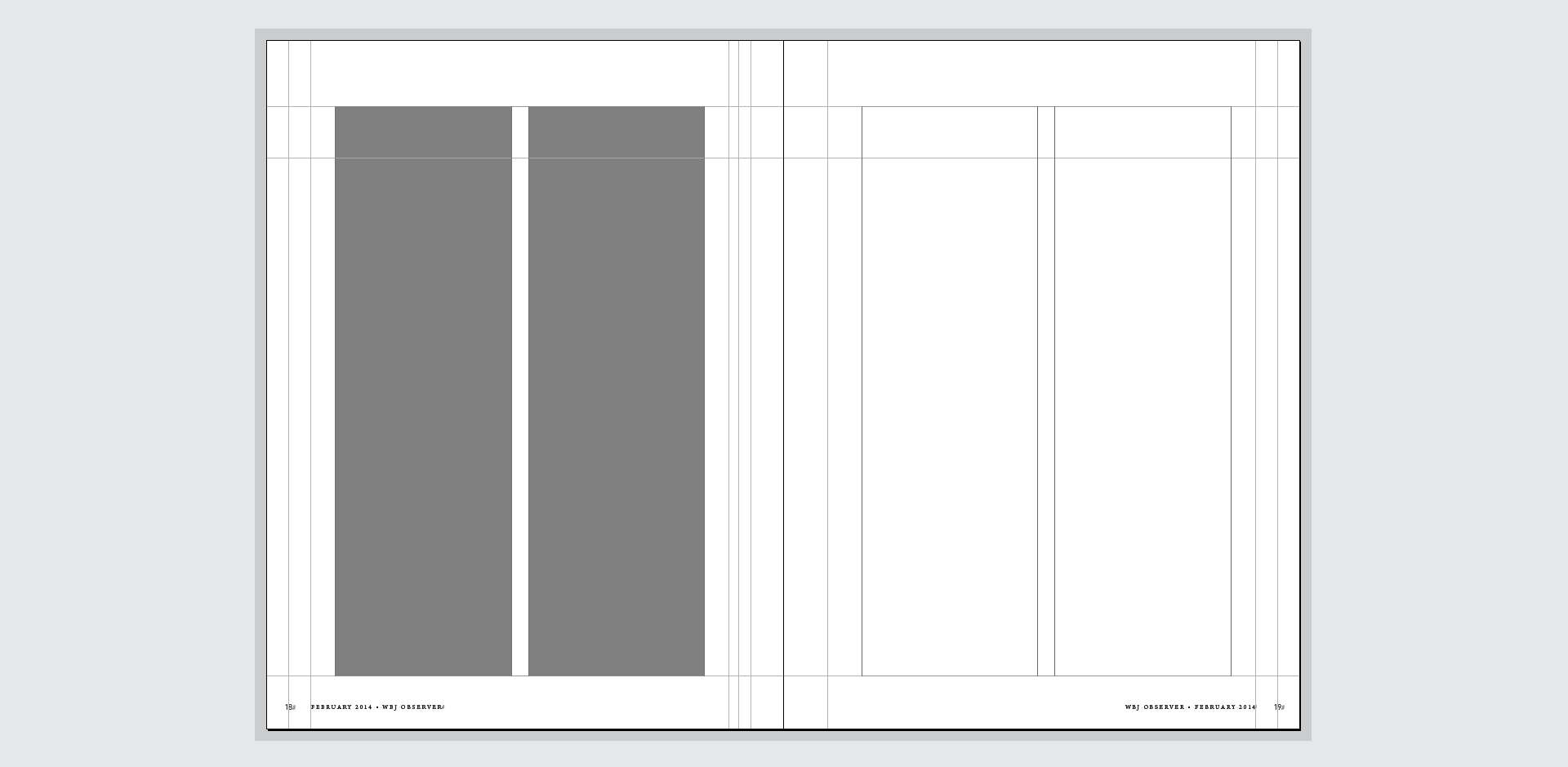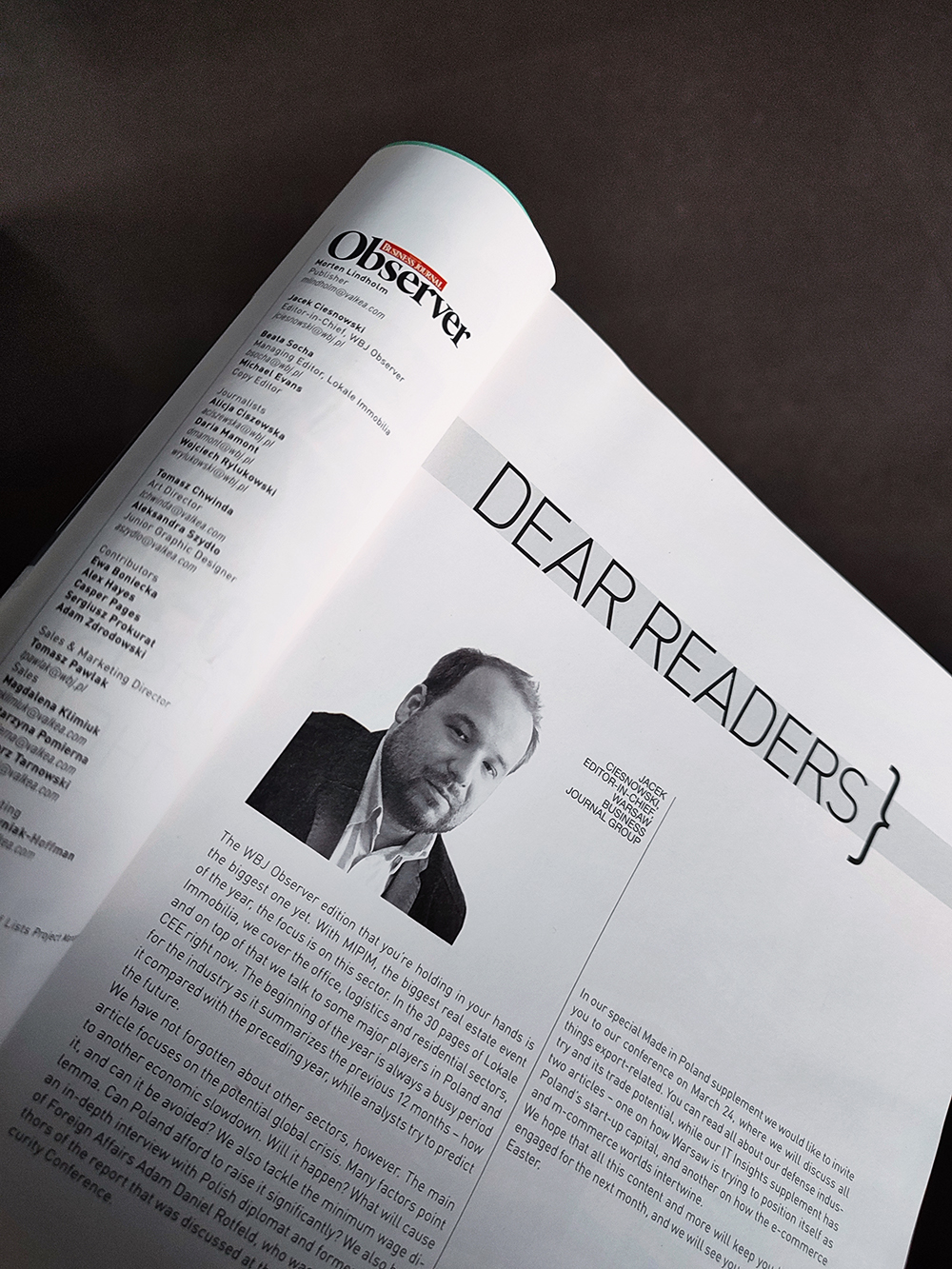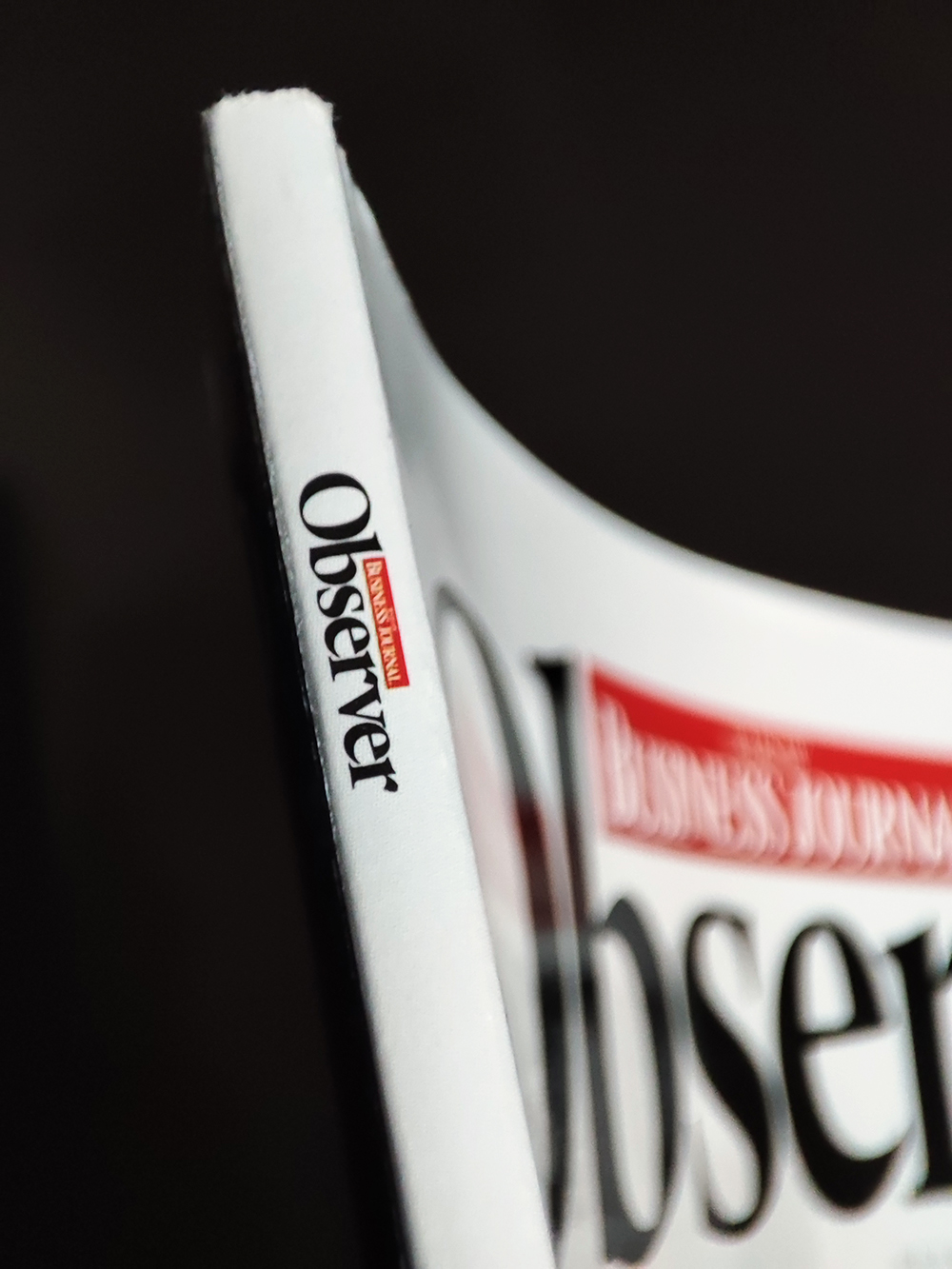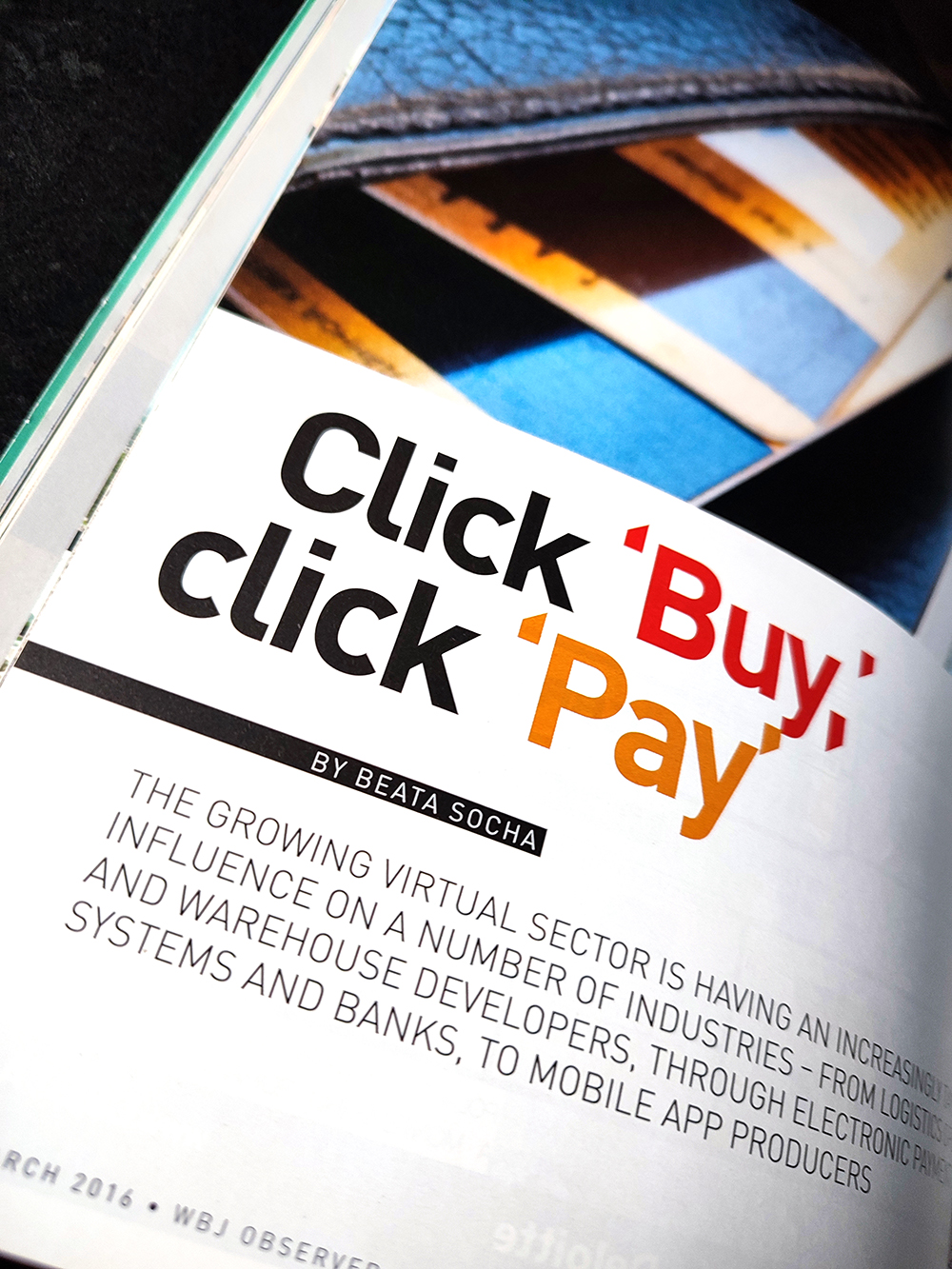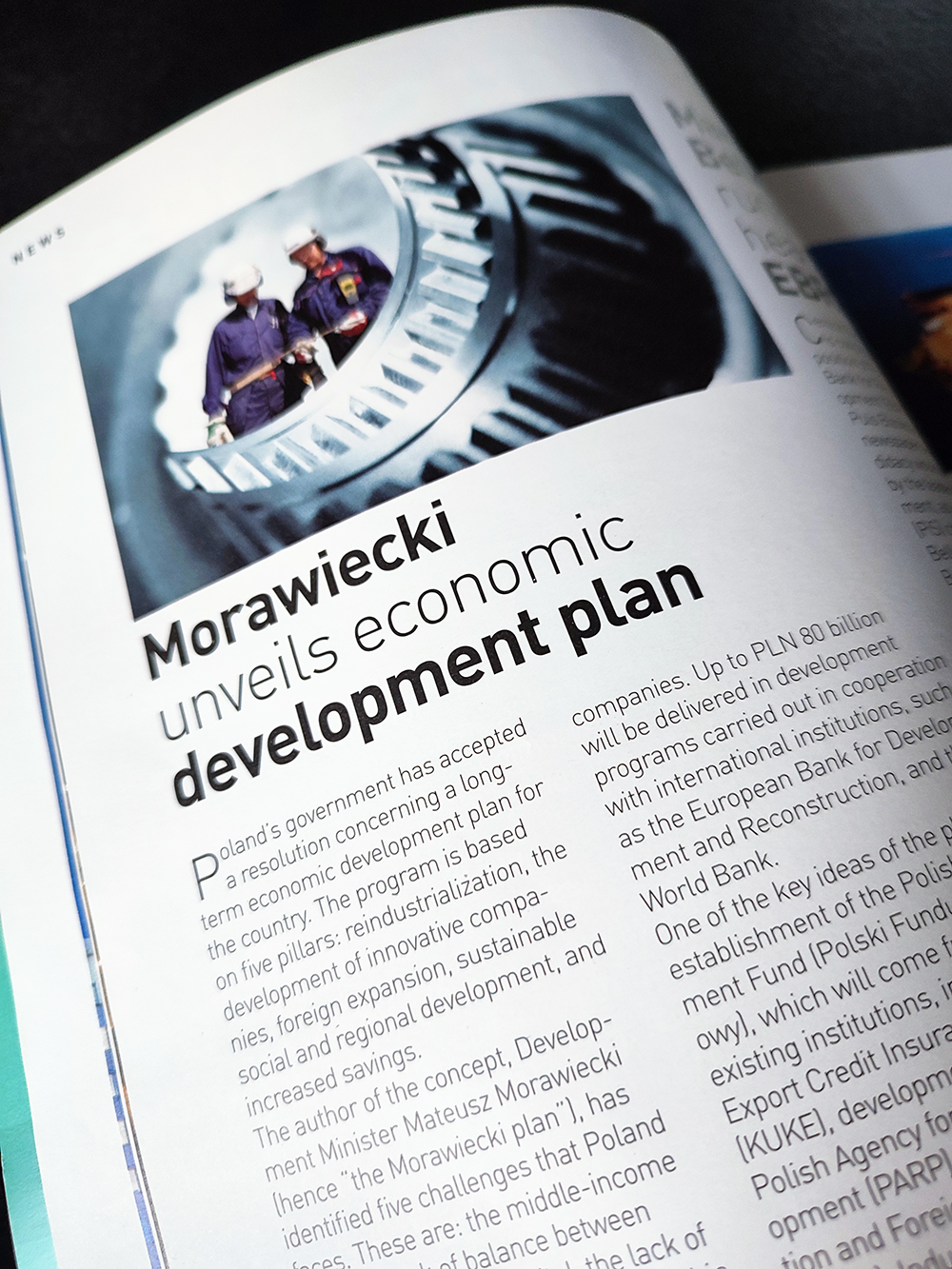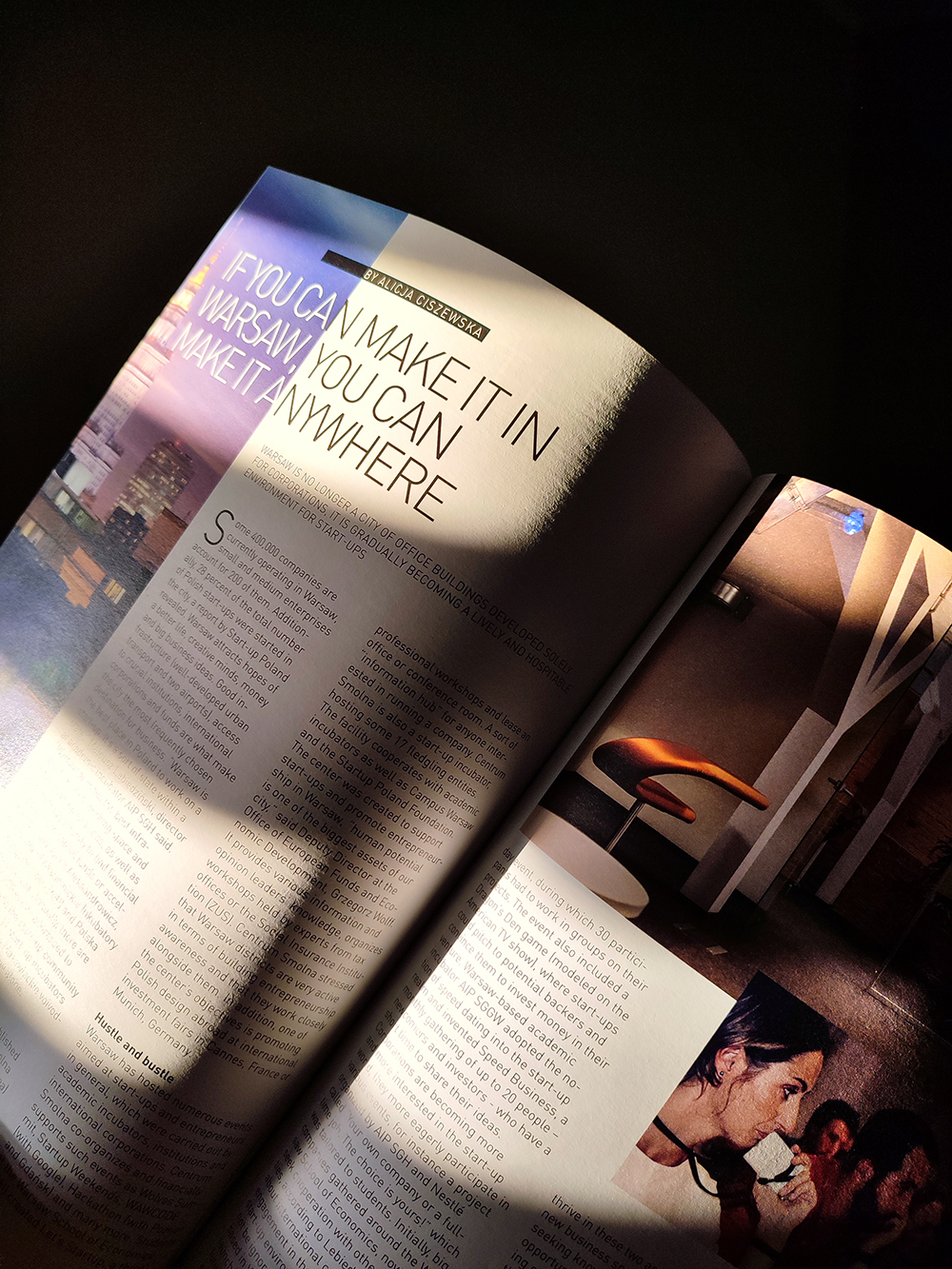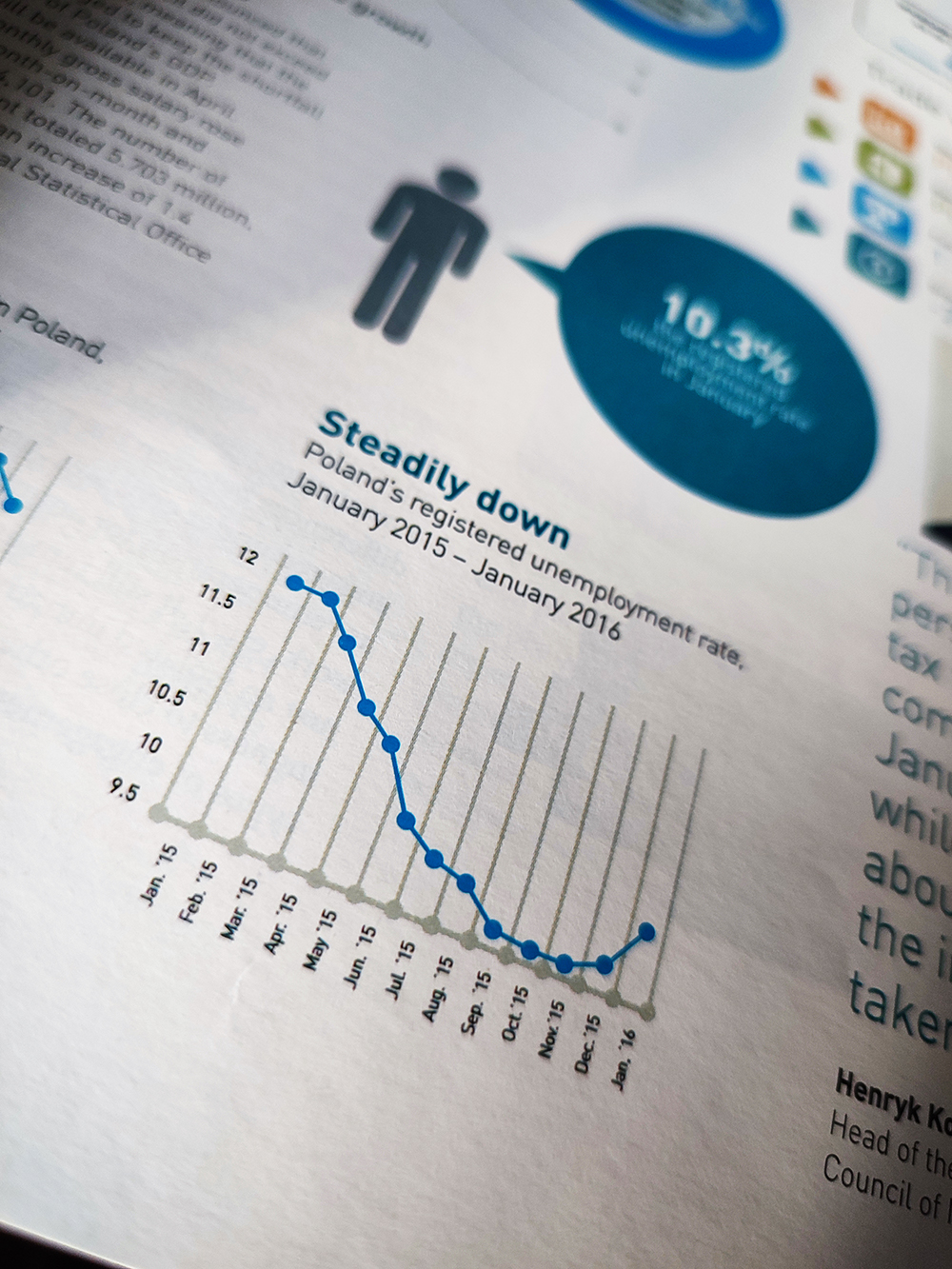In the early 1990s, our (later) friend Kerth Reyer landed at the Warsaw airport as an expatriate from the US. With a head full of ideas and hopes, in a barren and empty press market, he launched the Warsaw Business Journal project, which had been the only English-language periodical on the Polish market for many years.
Two decades later, after having previously sold off the rights to the title and a numerousf other legal and ownership turmoils, we have met with Kert and the Valkea Media agency, with which we had previously collaborated on the production of the weekly magazine. The idea born at that moment was to prepare a new project – a monthly magazine to continue the legacy of WBJ, to be published on its 20th anniversary.
The project in the modern form of a printed and digital magazine was named “Observer”.
Project summary:
Client: Valkea Media
Year: 2017
Scope: logo, visual identity, layout
Designers: Łukasz Mazurek, Piotr Wyskok


